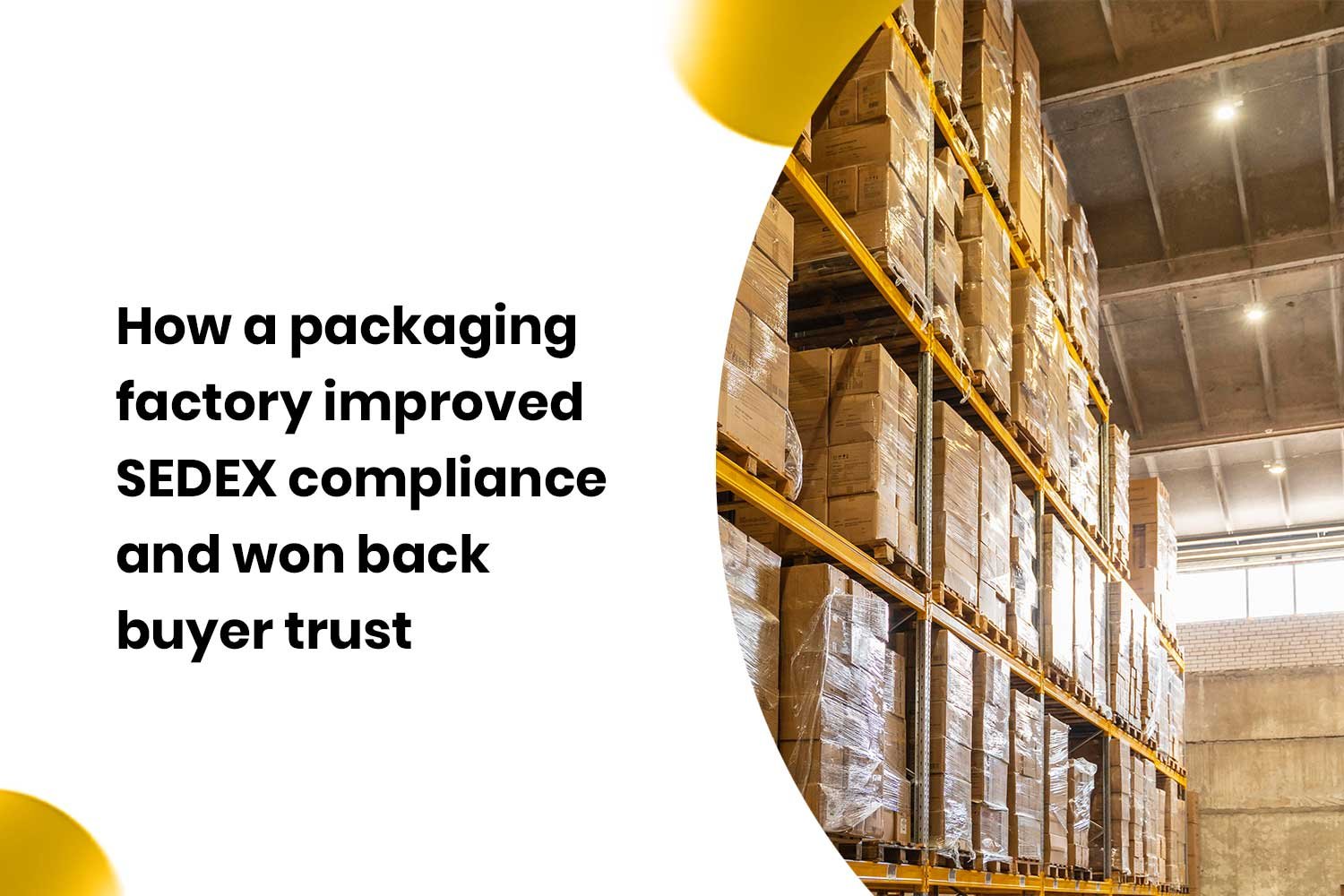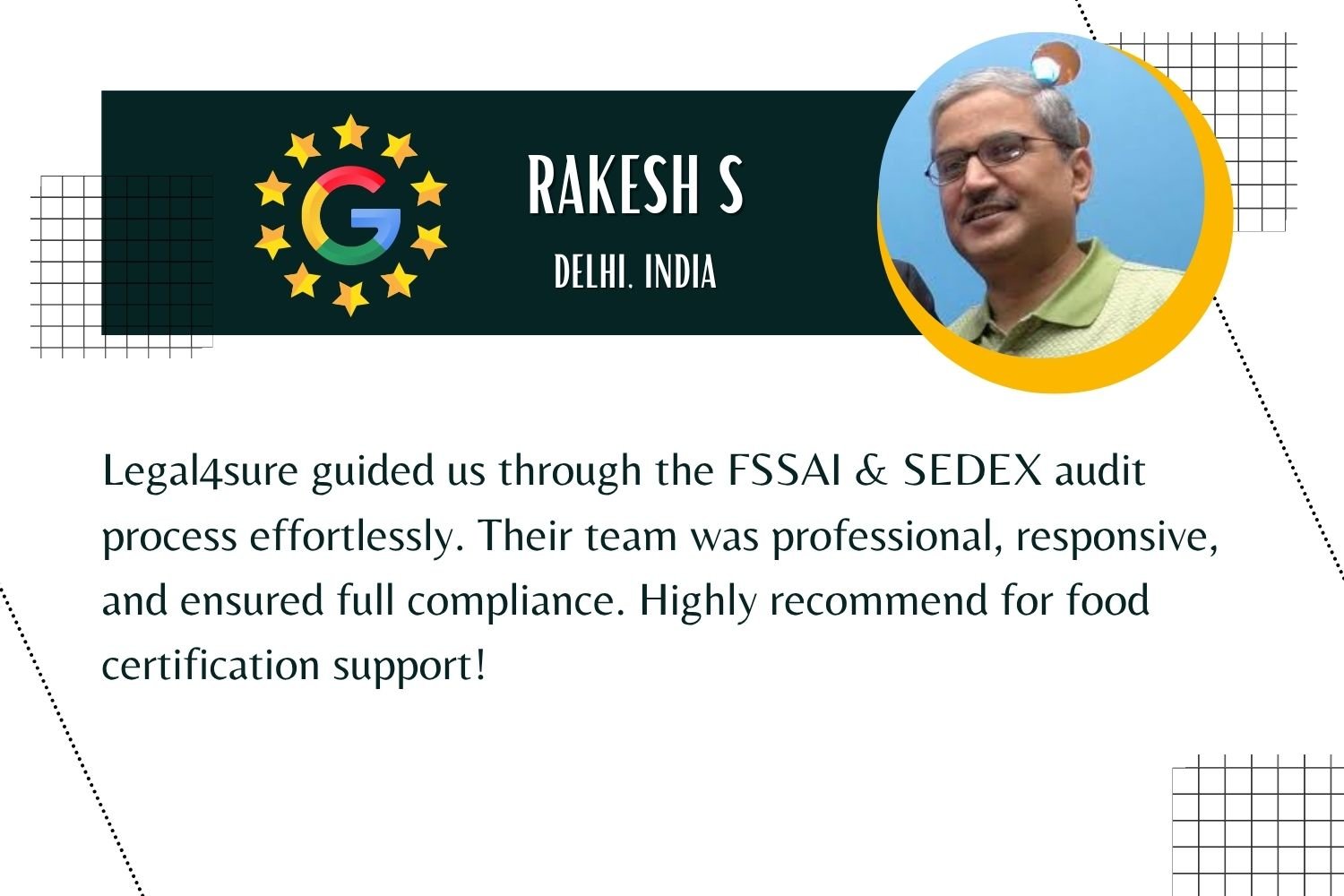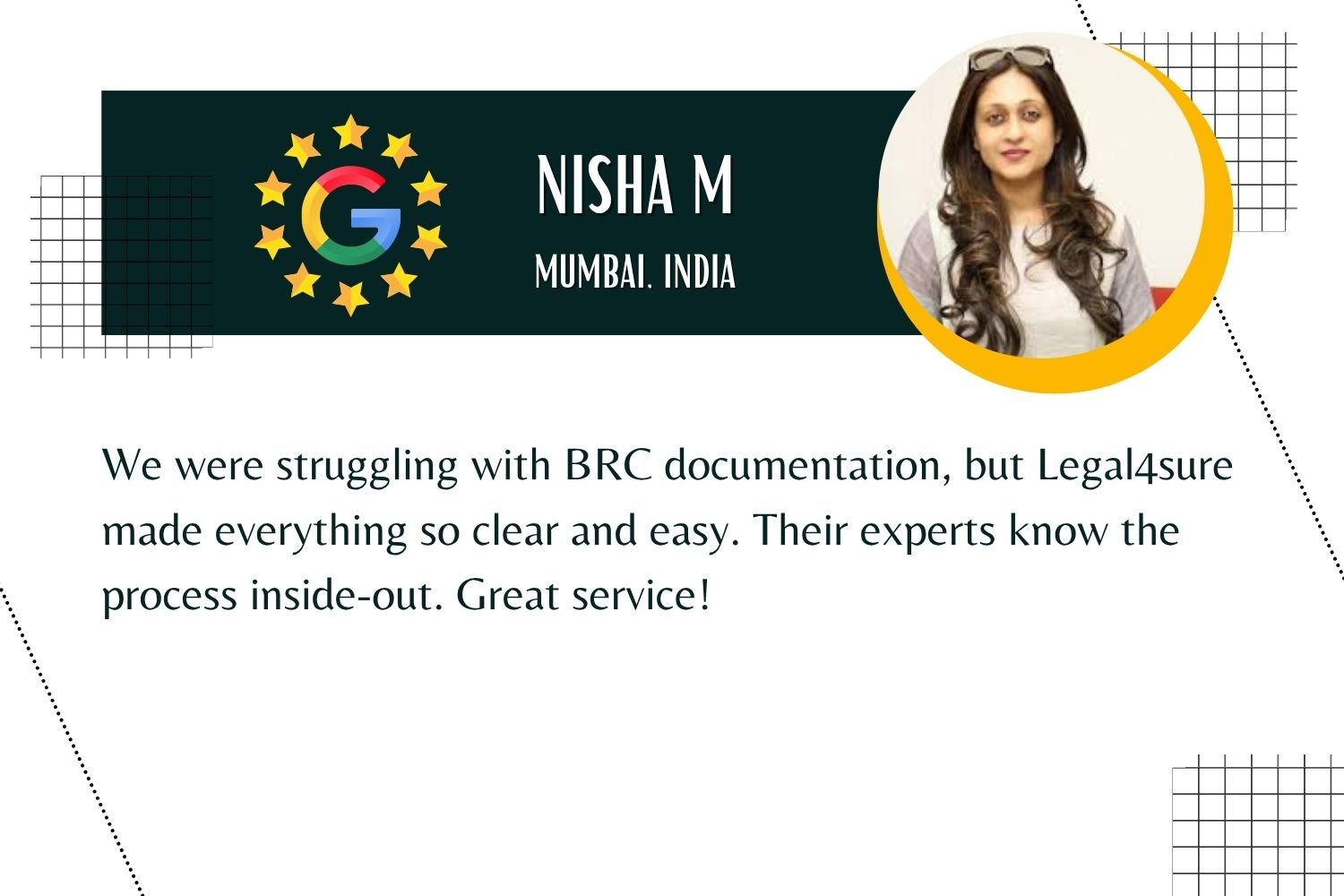- A packaging unit near Baddi was losing UK export orders due to failed SEDEX 4-pillar audits
- Legal4sure created a 21-day compliance recovery plan without hiring new staff
- Focus areas: worker communication, documentation, safety training, grievance redressal
- Factory staff were trained on SEDEX 4-pillar expectations and audit readiness
- The plant passed the audit with a 34-point score improvement, exports resumed
A packaging unit near Baddi was losing export orders. Two buyers from the UK had already flagged non-compliances in earlier audits. A third buyer required an upcoming SEDEX 4-pillar audit, something the factory had failed before.
“We were confident about our systems, but the audit scores said otherwise,” the Factory QA Head said.
They weren’t alone. Many small- and mid-sized packaging factories in India score poorly on social compliance audits, especially under the stricter 4-pillar version. But this case is different. In just 21 days, this unit turned around its compliance standing. This real example of how a packaging factory improved SEDEX compliance, without disrupting production or hiring new staff, shows what’s possible with the right plan and training.
Common gaps in the SEDEX 4-pillar audit for packaging plants
During the initial gap check, Legal4sure found issues across all four SEDEX pillars — labour, health & safety, environment, and business ethics.
| SEDEX 4 Pillar | Key Gaps Found |
|---|---|
| Labour Standards | No age-proof documents, no grievance mechanism |
| Health & Safety | No fire drill records, broken PPE storage |
| Environment | Chemical storage area poorly labelled |
| Business Ethics | No anti-bribery training or documentation |
These were serious, but fixable. The factory didn’t need fancy systems — it needed daily controls, better training, and faster internal communication.
Key areas for SEDEX audit score improvement in packaging
Fixing old SOPs wasn’t enough. The factory had to improve its evidence quality and response time. These were the high-impact actions that helped:
- Immediate age verification of all workers with government ID
- Fire drill conducted and recorded, with logbook proof
- Safety committee meetings started with bilingual minutes
- Code of Conduct posters displayed in common areas
- Anti-bribery session conducted with sign-in sheets
- Environmental records updated for water and electricity usage
This focused approach showed how a packaging factory improved SEDEX compliance much faster than expected, leading to a significant audit score boost.
Staff training played a major role in packaging factory’s SEDEX compliance success
The turning point came when the QA team stopped handling everything themselves and trained floor supervisors.
“We didn’t realise how many small things we were missing until Legal4sure walked the floor with us. Things like how we handle gloves, or what the cleaner says during interviews — those matter,” the HR Officer shared.
To support the success story of how a packaging factory improved SEDEX compliance, Legal4sure conducted mock staff interviews and management walkthroughs. Workers were briefed on how to respond, not scripted, and supervisors were trained to explain safety steps clearly in both Hindi and English.
Real results within 3 weeks
At the end of the 21-day program, the factory faced a SEDEX 4-pillar audit for packaging plants. This time, it passed.
| Metric | Before | After (21 days) |
|---|---|---|
| Non-Compliances (Major + Minor) | 11 | 2 (minor only) |
| Worker Interviews (Failed) | 5 out of 10 | 0 out of 12 |
| Policy Gaps | 6 | 0 |
| SEDEX Audit Result | Conditional pass | Full pass |
One buyer who had paused orders restarted discussions the following week. The audit report gave the factory a clean outcome and improved buyer confidence.
Steps to improve SEDEX compliance without halting production
This case proves you don’t need a full shutdown to fix things. You just need to prioritize the right actions. Here are 6 practical steps to improve SEDEX compliance that Legal4sure used:
- Day 1–2: Rapid gap check and department-wise risk scoring
- Day 3–5: Emergency fixes (fire drills, drinking water, toilets)
- Day 6–9: Worker documentation audit and labour file updates
- Day 10–12: Training sessions — floor staff and supervisors
- Day 13–17: Environment and ethics documentation prepared
- Day 18–20: Internal audit + final mock interview round
On Day 21, they faced the actual SEDEX audit. Clean pass. No panic.
This timeline can work for most Indian units. What matters is follow-up, not just planning. If a worker doesn’t know the ethics helpline number, it won’t matter if you’ve printed it in the policy file.
Why social compliance in packaging industry needs a new mindset
Most packaging factories treat SEDEX as a one-time exercise. That’s the real risk. Social compliance in the packaging industry isn’t about passing an audit; it’s about making sure your people and processes are ready year-round. Buyers can ask for unannounced audits or share reports across sourcing offices. In how a packaging factory improved SEDEX compliance, a key lesson was this: the factory kept the momentum going even after the audit was passed. They introduced monthly 15-minute huddles to refresh safety and ethics topics.
“We’re not perfect, but now we don’t wait for audit season to fix things,” the Plant Head shared.
How a packaging factory improved SEDEX compliance and won back buyer trust
The transformation didn’t happen because of technology or consultants alone. It happened because the factory team took ownership. They weren’t just told what to do, they understood why it mattered.
This case of how a packaging factory improved SEDEX compliance is now being shared within their buyer network. The same buyers who flagged them earlier are now recommending the unit to others.
Legal4sure has supported dozens of such stories, but this one stood out for the speed and teamwork. It proves that SEDEX audit score improvement in packaging isn’t just possible — it can be fast, budget-friendly, and buyer-backed.
What Other Factories Can Learn from This
- Don’t assume you’re compliant — prove it.
This factory thought they were audit-ready. But when the SEDEX 4-pillar checklist came out, gaps showed up everywhere, especially in documentation and worker interviews. Just because things “feel okay” doesn’t mean you’ll pass. - A focused plan beats scattered efforts.
Instead of fixing everything at once, they tackled one issue at a time: wage slips on Monday, fire safety on Tuesday, grievance registers midweek. Clear daily goals helped them move fast without chaos. - Your current team is enough, if trained right.
They didn’t hire fancy consultants or add new staff. The same HR and QA people just got better at understanding what SEDEX expects. Some quick mock drills and roleplays made all the difference. - Paperwork matters more than you think.
What you do is important. But what you show matters more in audits. This unit already had good practices; they just weren’t recorded properly. Fixing registers, logs, and SOPs helped them gain serious points. - Buyers notice when you improve.
After their updated audit report, the UK buyer who was about to walk away placed two new orders. In today’s market, SEDEX scores are more than numbers, they affect trust, deals, and your factory’s reputation.
Want to improve SEDEX compliance without slowing down production?
See how a packaging factory improved SEDEX compliance in under a month, no extra hires, no chaos. Legal4sure helped them train their team, fix documentation gaps, and pass a 4-pillar audit with confidence.
Let’s build the same system for your factory. Talk to our SEDEX team today.
Contact no. +91 9870304757













